Optimal Timing for Asphalt Paving
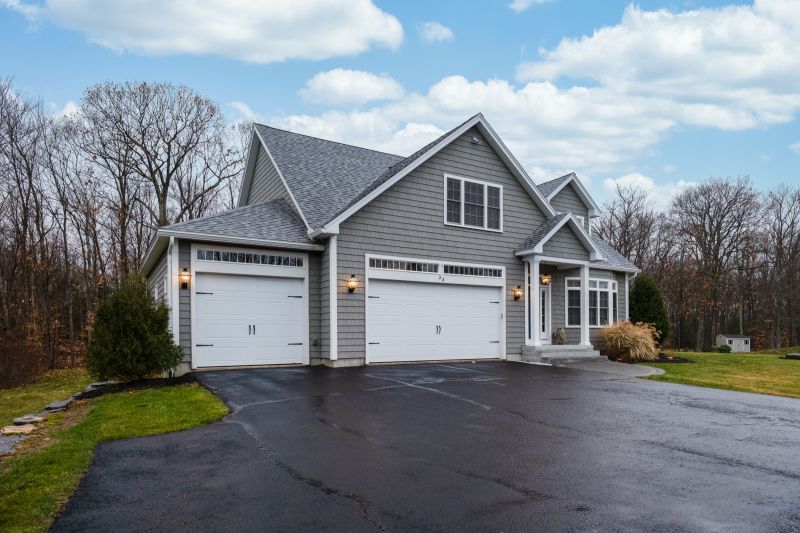
Spring offers moderate temperatures ideal for asphalt installation, reducing the risk of cracking or improper curing.
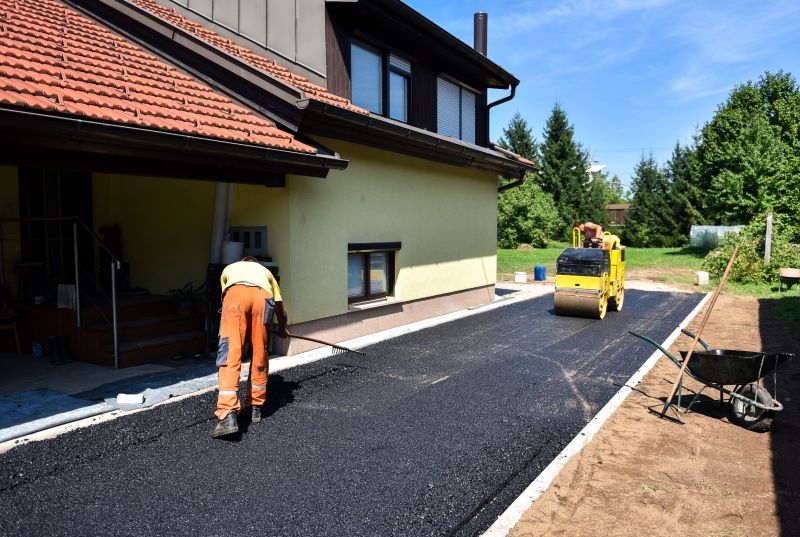
Summer provides longer daylight hours and consistent warmth, facilitating proper compaction and curing of asphalt.
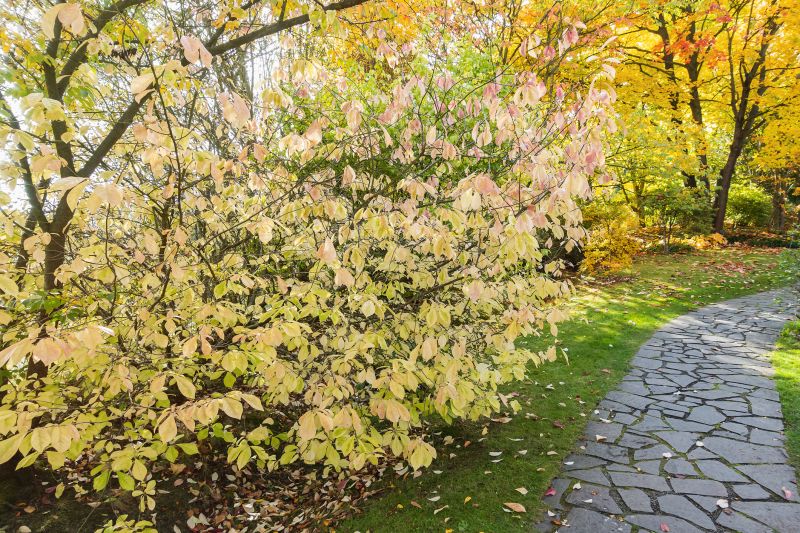
Fall's cooler temperatures can be suitable if the weather remains dry, ensuring proper setting before winter.
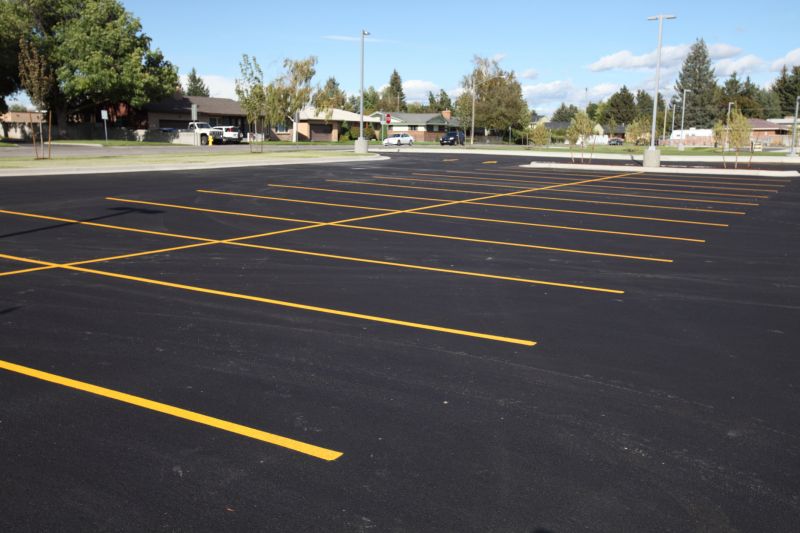
Ways to make Asphalt Pavings work in tight or awkward layouts.
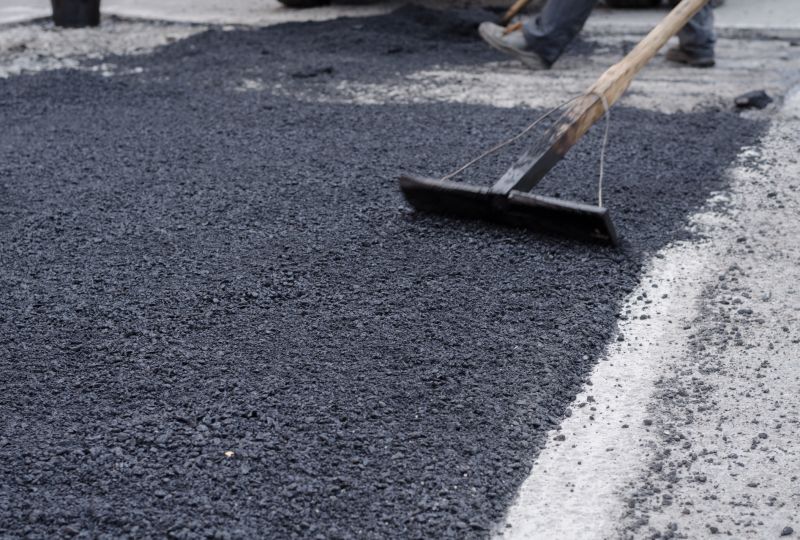
Popular materials for Asphalt Pavings and why they hold up over time.
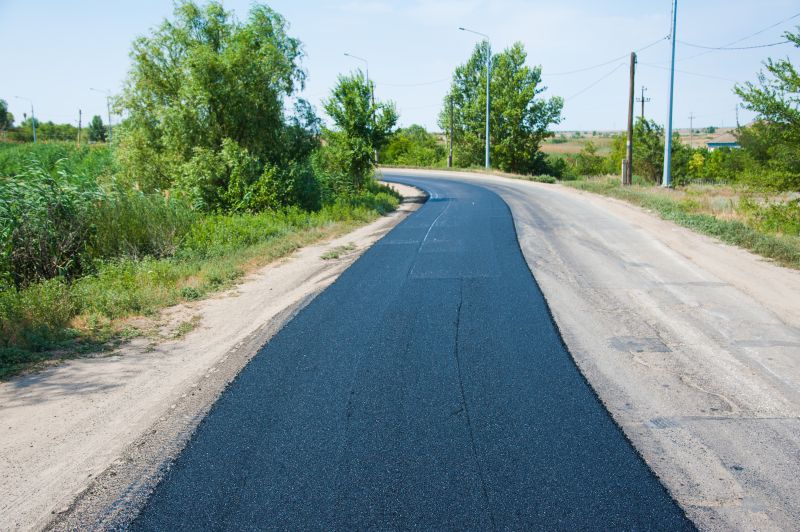
Simple add-ons that improve Asphalt Pavings without blowing the budget.
Asphalt paving is a widely used method for creating durable, smooth surfaces for roads, driveways, and parking lots. It involves the application of hot asphalt mix over prepared bases, which is then compacted to form a solid surface. The process is favored for its quick installation and cost-effectiveness. Proper timing of paving projects is crucial to ensure optimal results, as temperature and weather conditions significantly influence the quality and longevity of the asphalt surface.
Ideal temperatures for asphalt paving range from 50°F to 85°F, ensuring proper compaction and curing.
Dry weather is essential; rain or high humidity can impair asphalt adhesion and cause surface defects.
Paving during extreme cold or heat can lead to issues such as cracking or improper setting, reducing pavement lifespan.
Proper ground preparation and timing help prevent future problems like potholes and surface deterioration.

Warm summer days facilitate optimal asphalt compaction and curing.
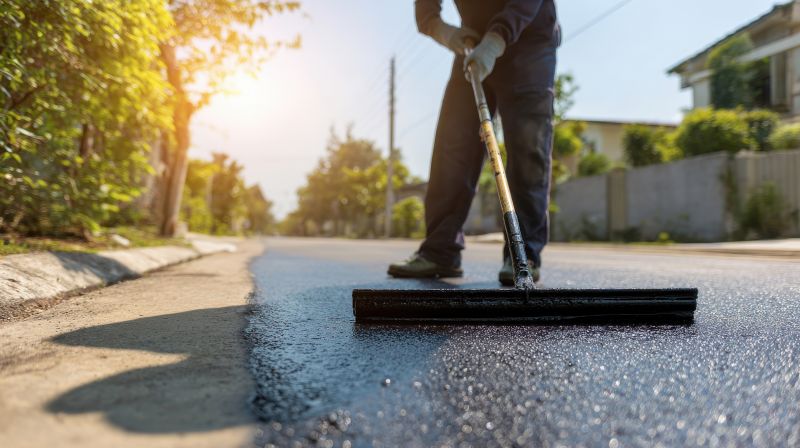
Dry autumn days can be suitable if temperatures stay above freezing.

Cold temperatures and moisture make winter paving unsuitable.
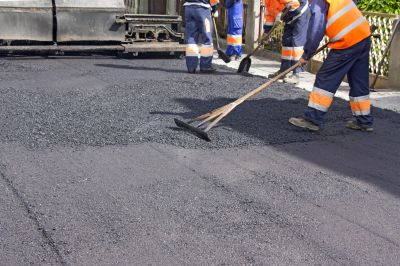
Mild spring weather can be ideal for paving projects.
| Season | Optimal Conditions |
|---|---|
| Spring | Moderate temperatures, dry weather, dry ground |
| Summer | Warm temperatures, low humidity, dry days |
| Fall | Cooler temperatures, dry weather, still above freezing |
| Winter | Not suitable due to cold and moisture |
Choosing the right season for asphalt paving enhances the durability and appearance of the surface. Proper timing minimizes issues such as cracking, surface deformities, and premature deterioration. Consulting local climate patterns and weather forecasts can help determine the most suitable window for paving projects, ensuring long-lasting results and reducing maintenance needs.
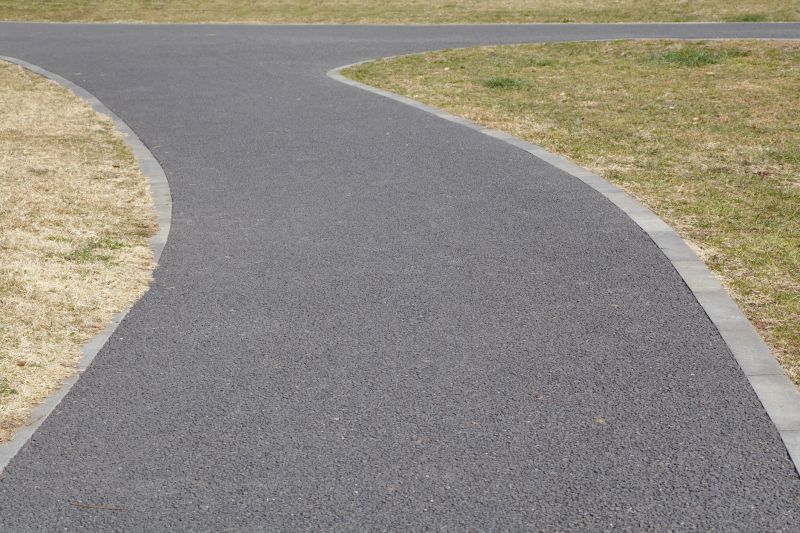
Ideal when temperatures are consistently above 70°F for optimal compaction.
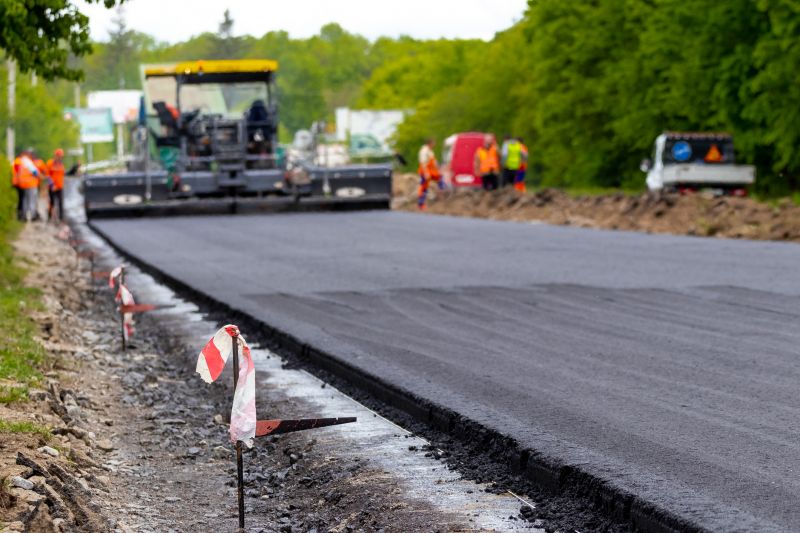
Suitable if dry and above freezing, ensuring proper curing before winter.

Best when temperatures are rising, and weather is stable.
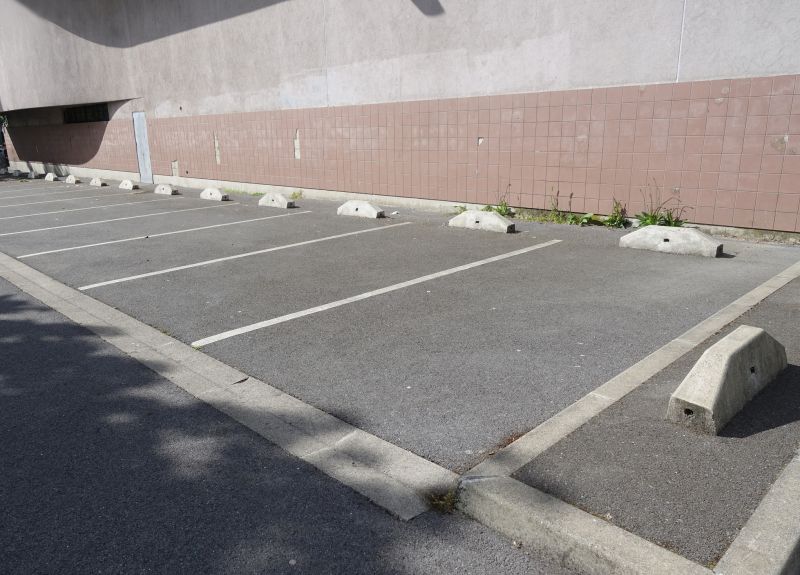
Generally avoided due to freezing temperatures and moisture risks.
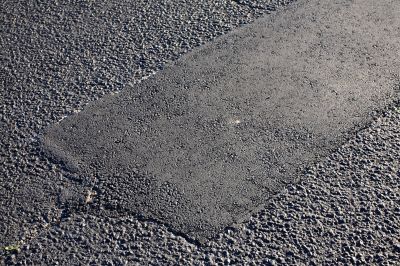
High-end options that actually feel worth it for Asphalt Pavings.
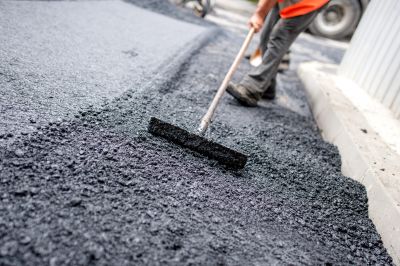
Finishes and colors that play nicely with Asphalt Pavings.
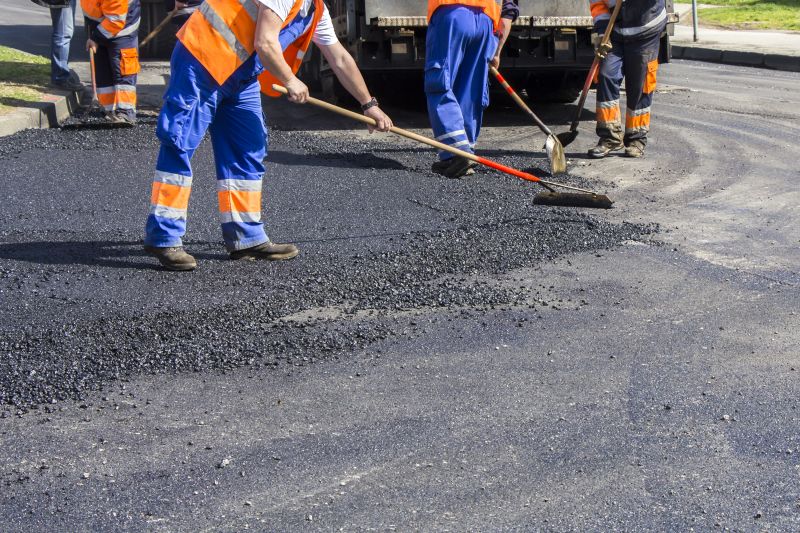
Little measurements that prevent headaches on Asphalt Pavings day.

A 60-second routine that keeps Asphalt Pavings looking new.
Properly timed asphalt paving projects contribute to the longevity and performance of the surface. It is recommended to schedule paving during seasons with stable, warm, and dry conditions to achieve the best results. Planning ahead and monitoring weather patterns can help identify the most suitable period for asphalt installation.
Interested in asphalt paving services? Filling out the contact form can provide more information on scheduling and project planning to ensure the best results for specific needs.



